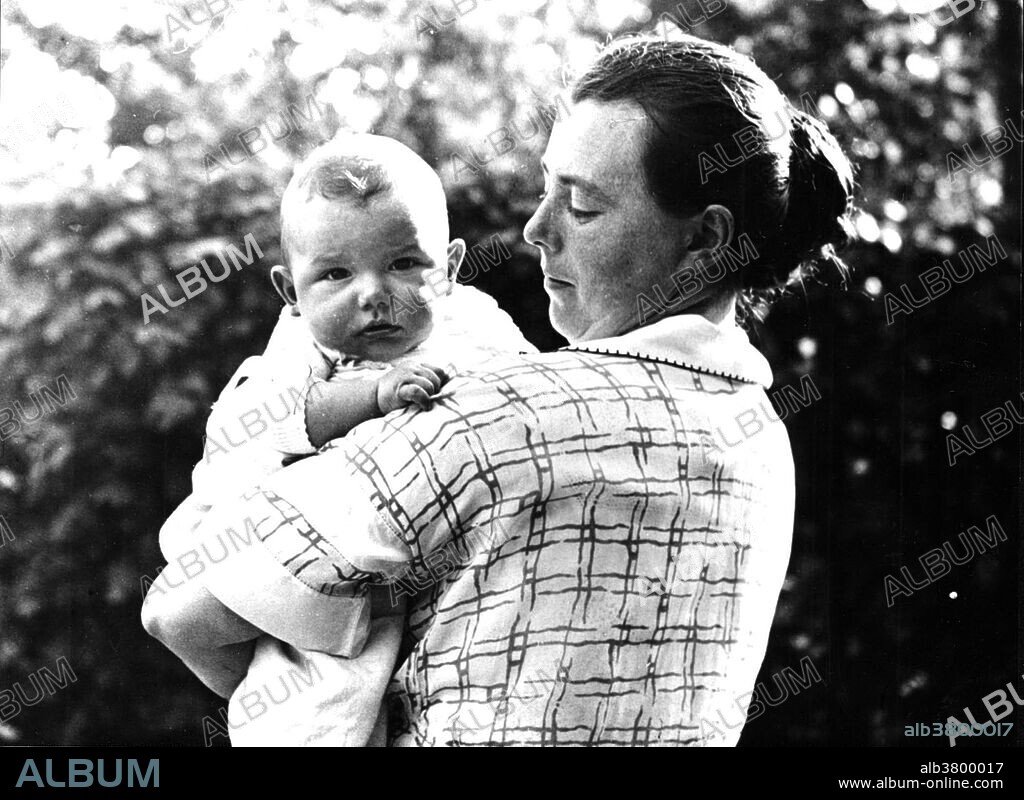alb3800017
hilde proescholdt mangold

|
Añadir a otro lightbox |
|
Añadir a otro lightbox |



¿Ya tienes cuenta? Iniciar sesión
¿No tienes cuenta? Regístrate
Compra esta imagen.
Selecciona el uso:

Título:
hilde proescholdt mangold
Descripción:
Ver traducción automática
German biologist Hilde Proescholdt Mangold (1898-1924), shown here with her baby, worked under the German biologist Hans Spemann, renowned embryologist. She studied embryonic induction, the process by which the embryo, known as the ''organiser,'' causes other parts of the embryo to differentiate, becoming specific tissue and organs. Mangold discovered the location of the organiser in amphibians. The results of their experiments were documented in a paper Mangold and Spemann wrote, which became Mangold's thesis for her doctorate. Unfortunately, as the paper was published, she was killed (aged 26) when a heater in her kitchen exploded. In 1935, Spemann won the Nobel Prize for the discovery of the organiser. It is one of only a few Nobel Prize's awarded for work based on a doctoral thesis. However, since the prize cannot be awarded posthumously, she was ineligible to receive it.
Crédito:
Album / SCIENCE SOURCE
Autorizaciones:
Modelo: No - Propiedad: No
¿Preguntas relacionadas con los derechos?
¿Preguntas relacionadas con los derechos?
Tamaño imagen:
2100 x 1531 px | 9.2 MB
Tamaño impresión:
17.8 x 13.0 cm | 7.0 x 5.1 in (300 dpi)
Palabras clave:
ACELGA • BEBE • BLANCO Y NEGRO • CIENCIA • CIENTIFICO • EMBRIOLOGIA • GENTE • HANS • HISTORIA • HISTORICO • INVESTIGACION • M • MADRE • NINO • NIÑO • PERSONA • PORTRAIT • RETRATO • RETRATOS
 Pinterest
Pinterest Twitter
Twitter Facebook
Facebook Copiar enlace
Copiar enlace Email
Email
